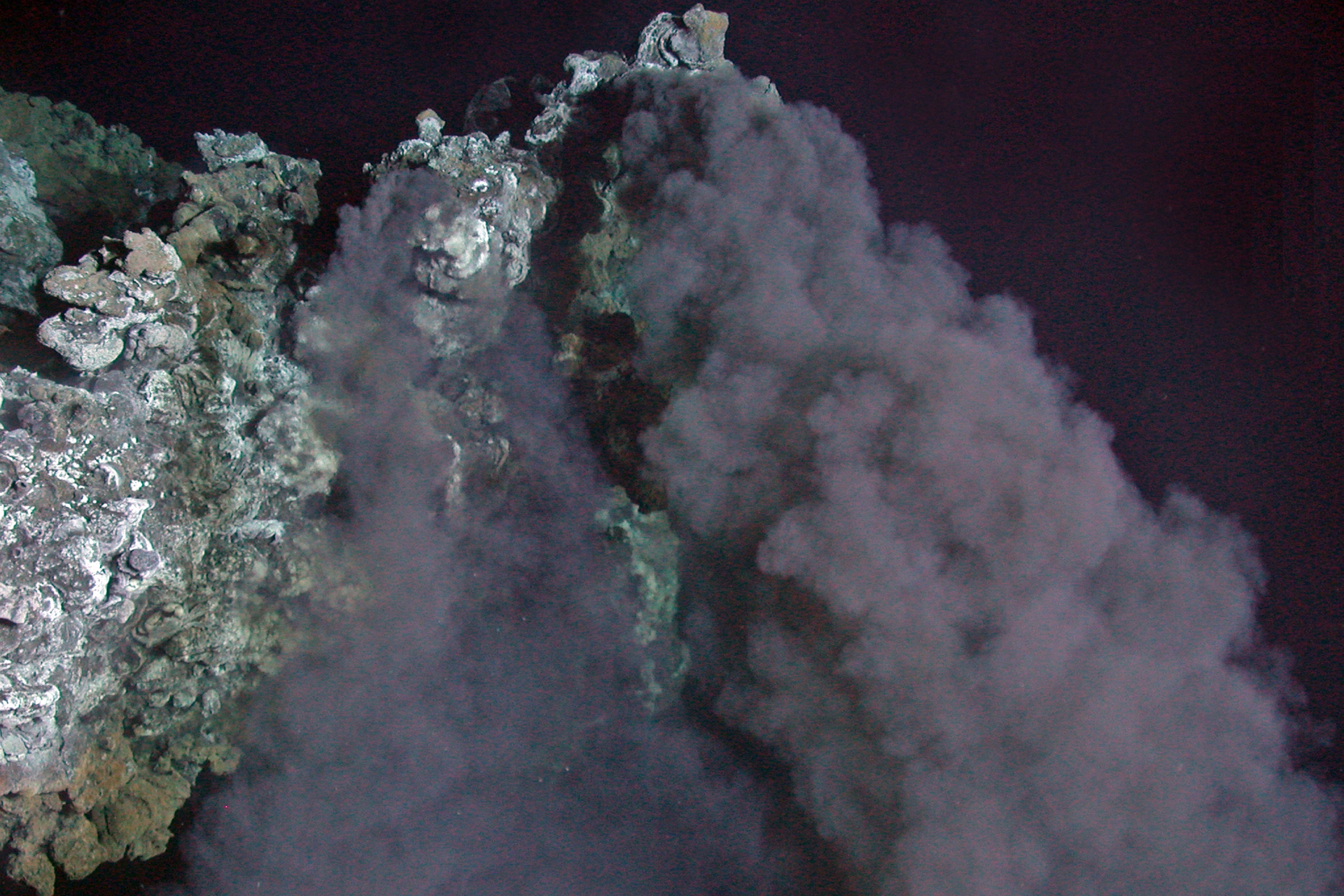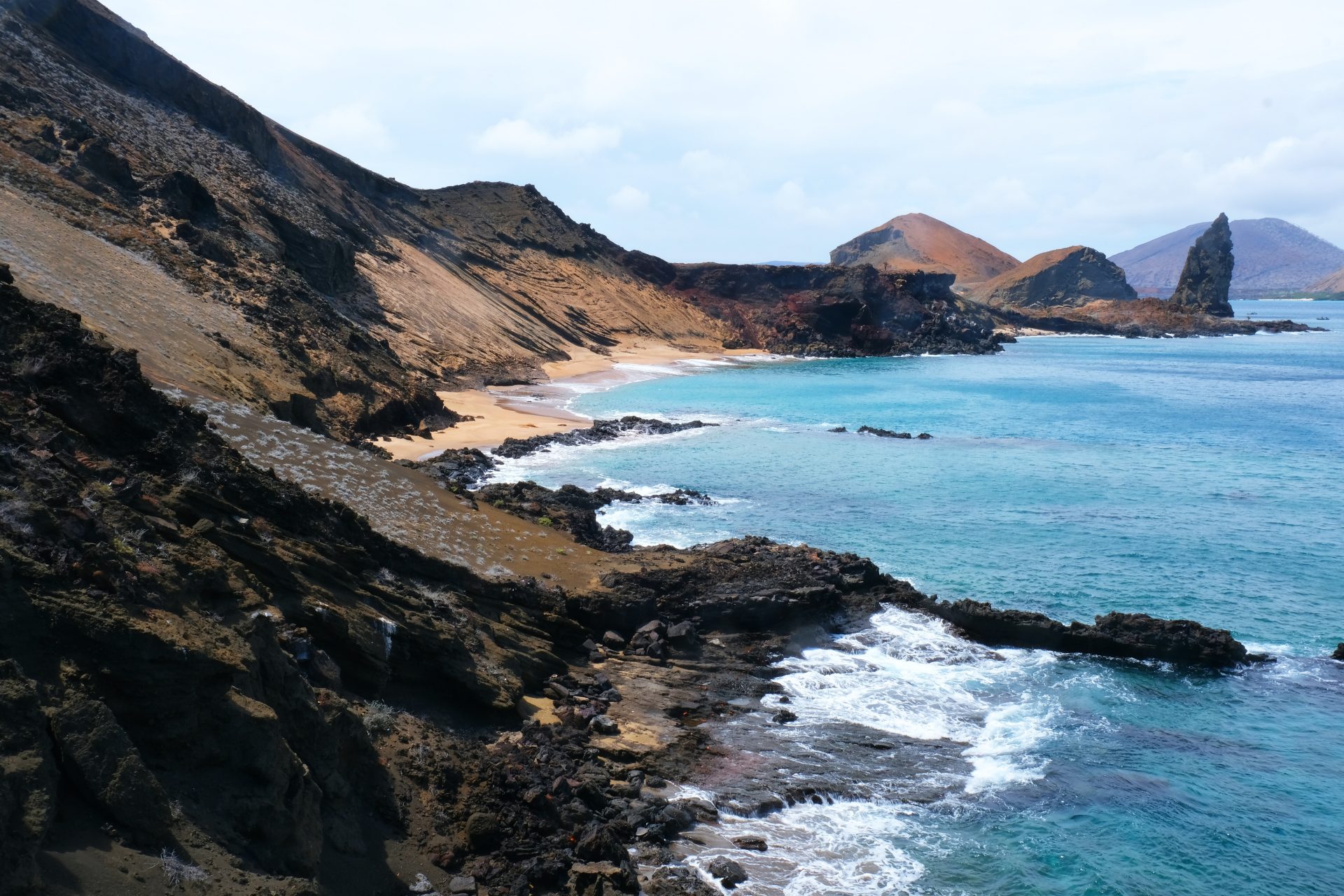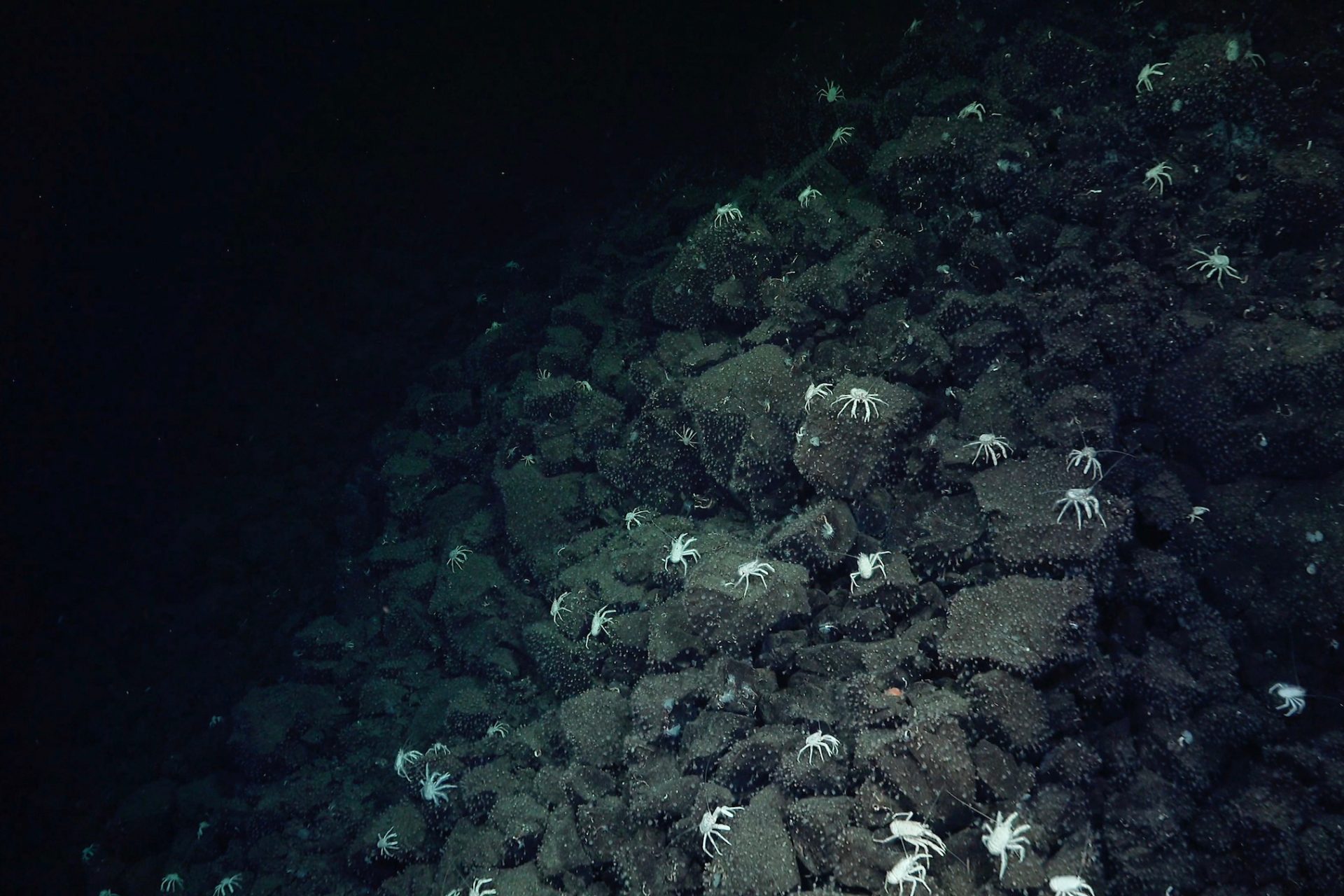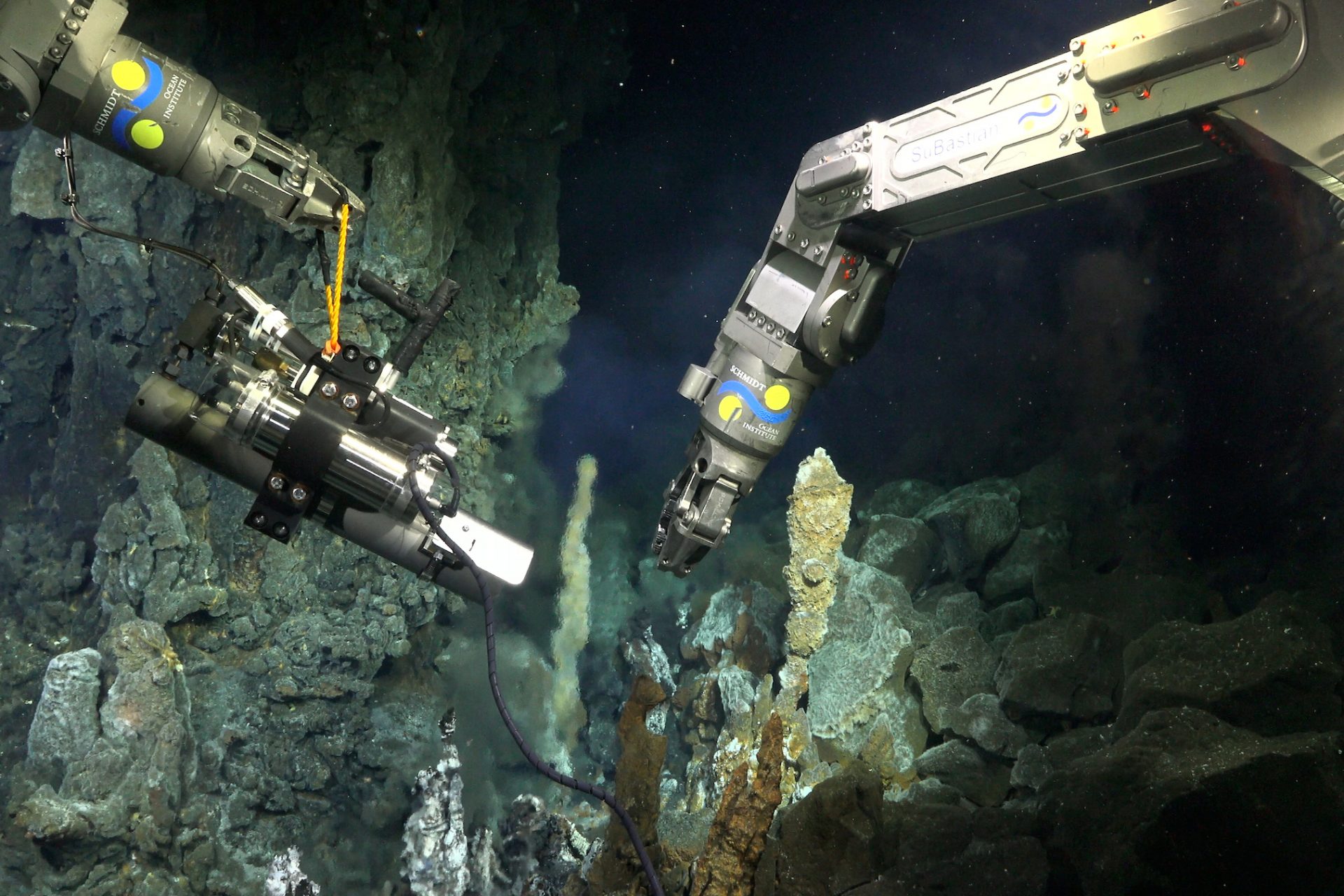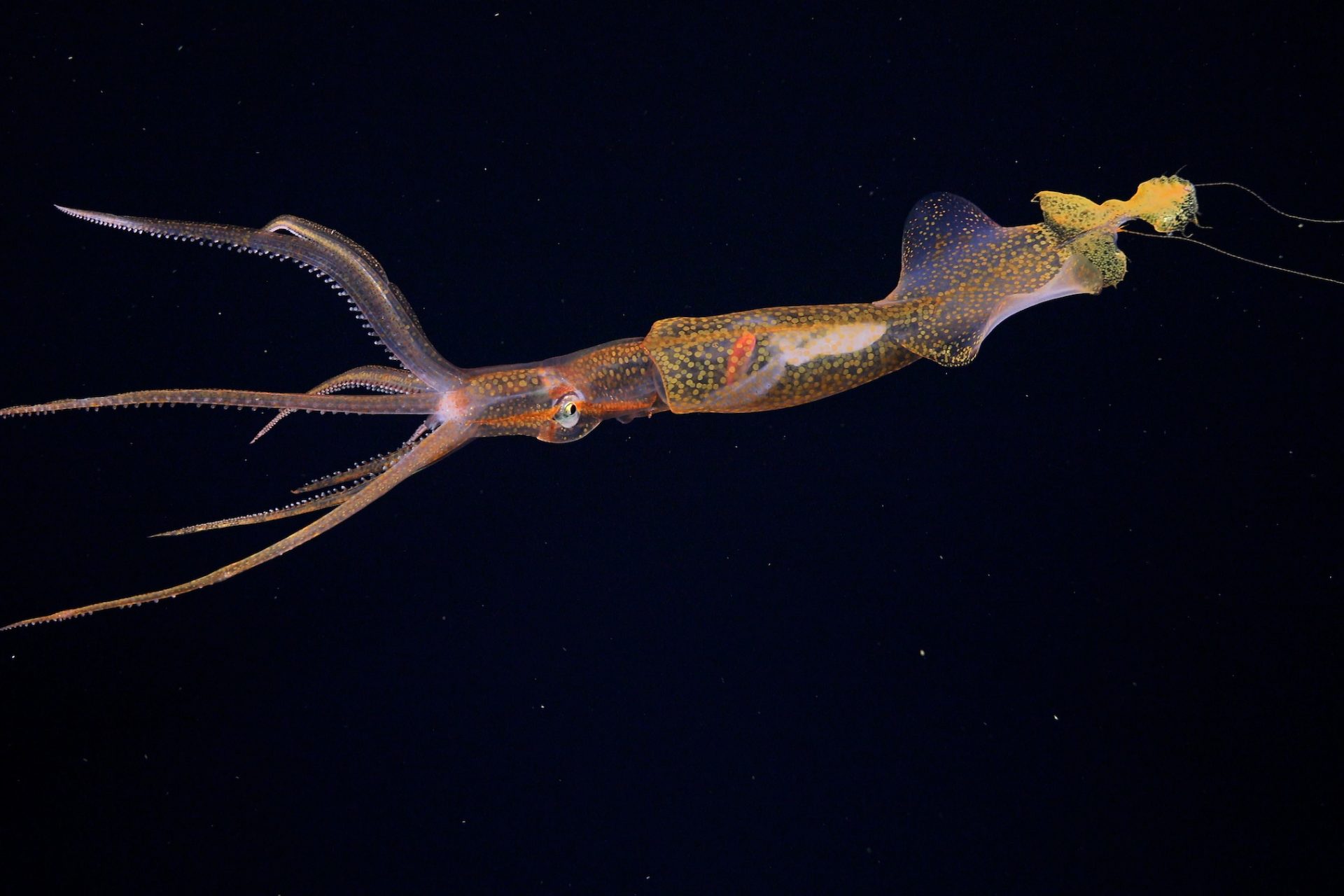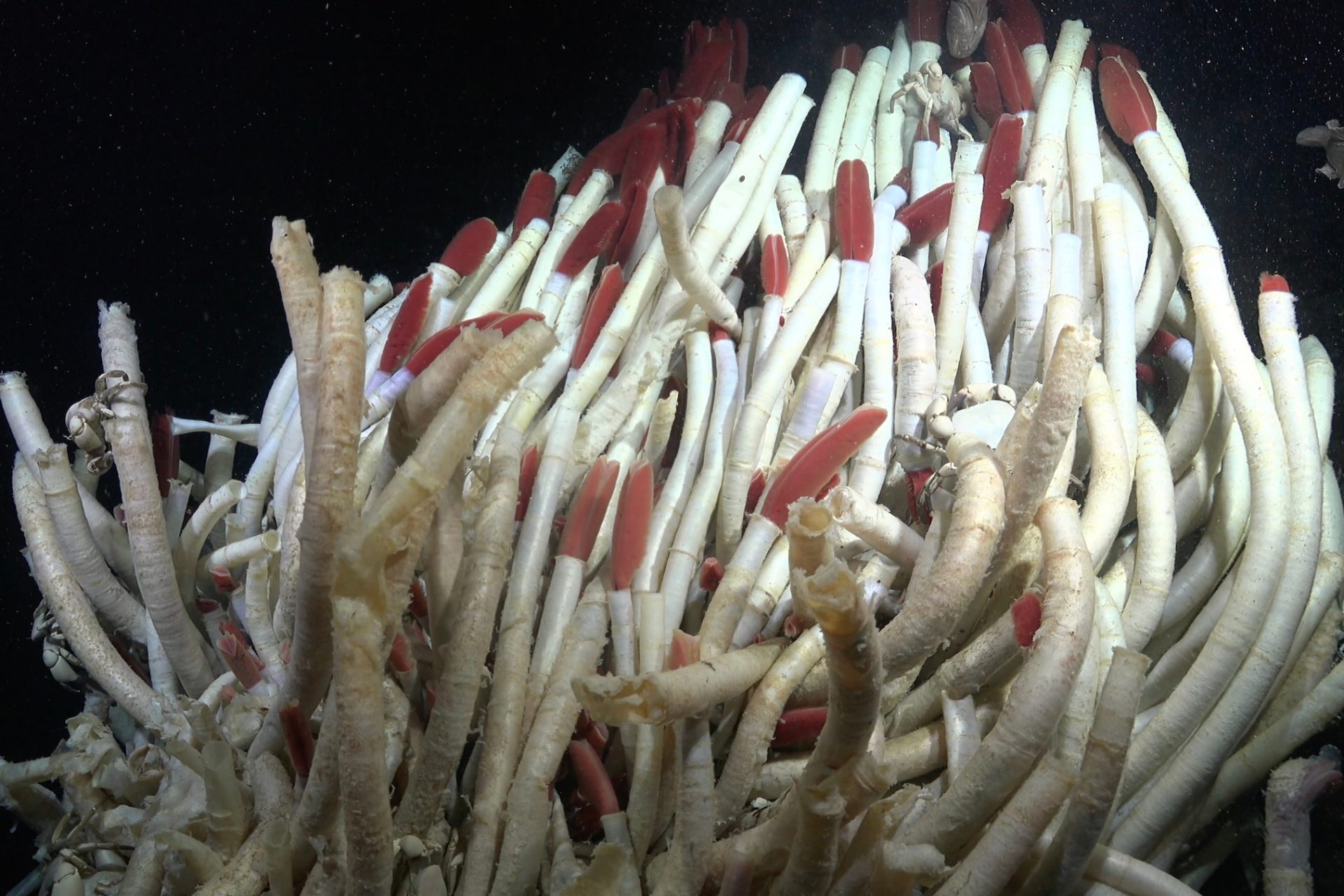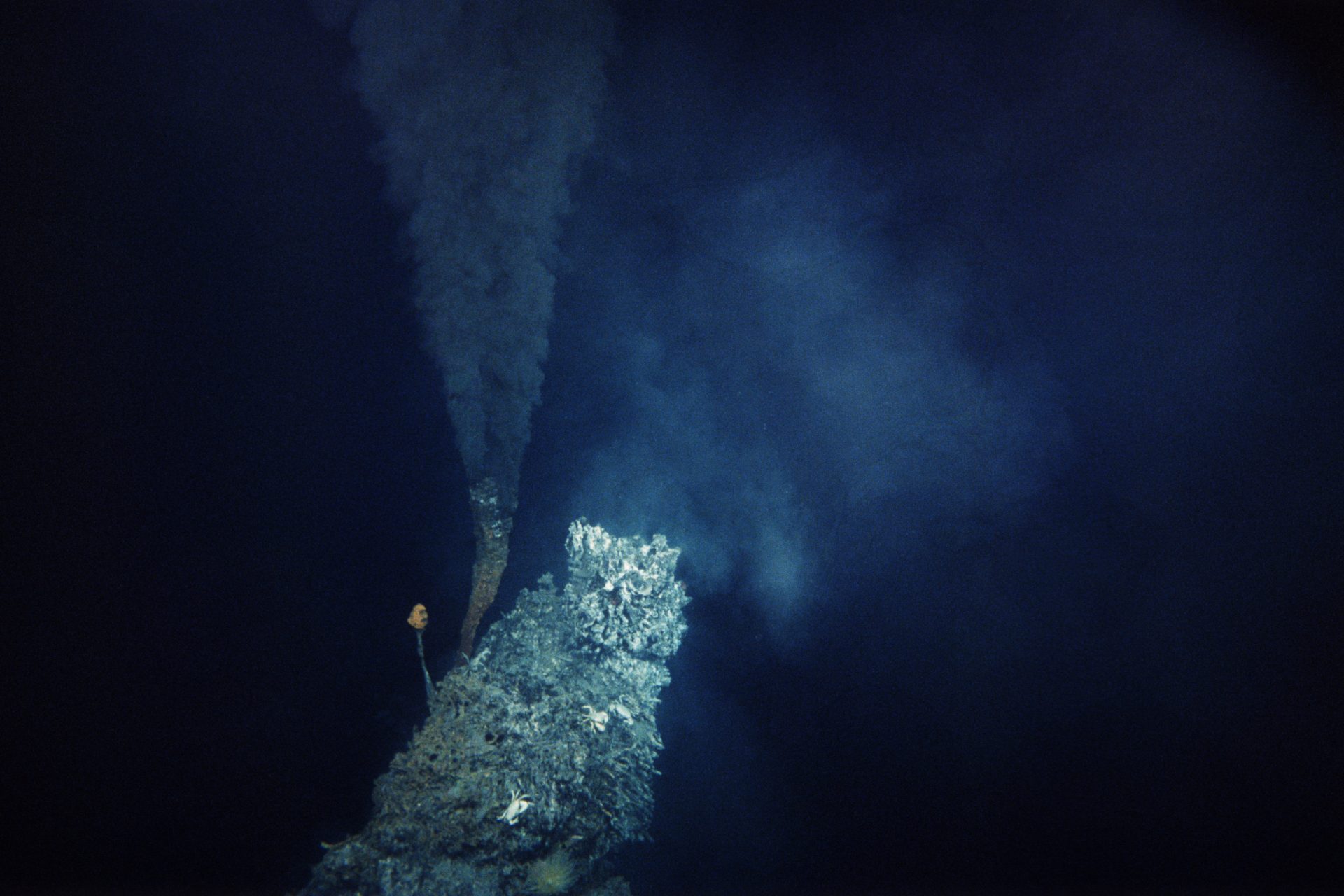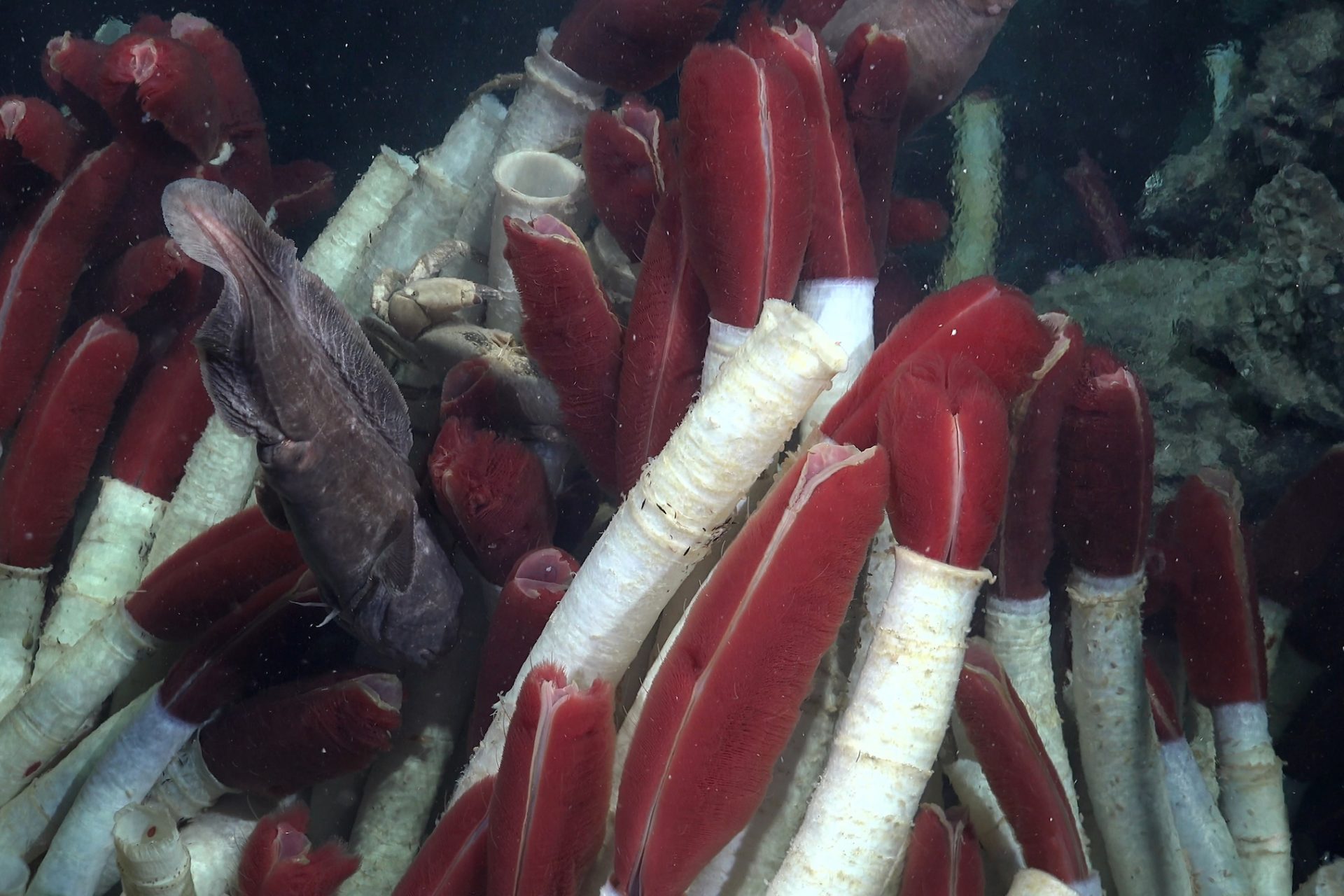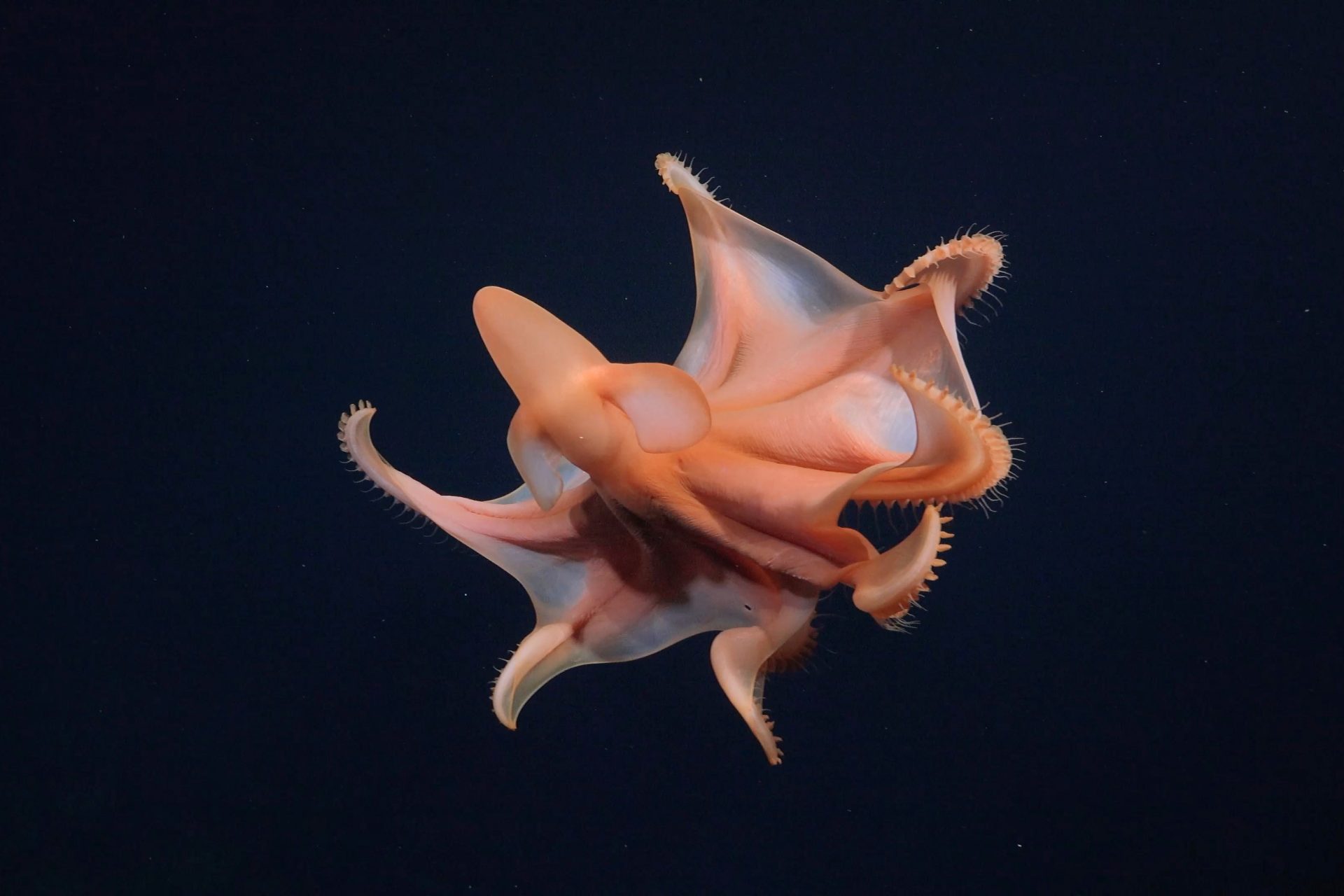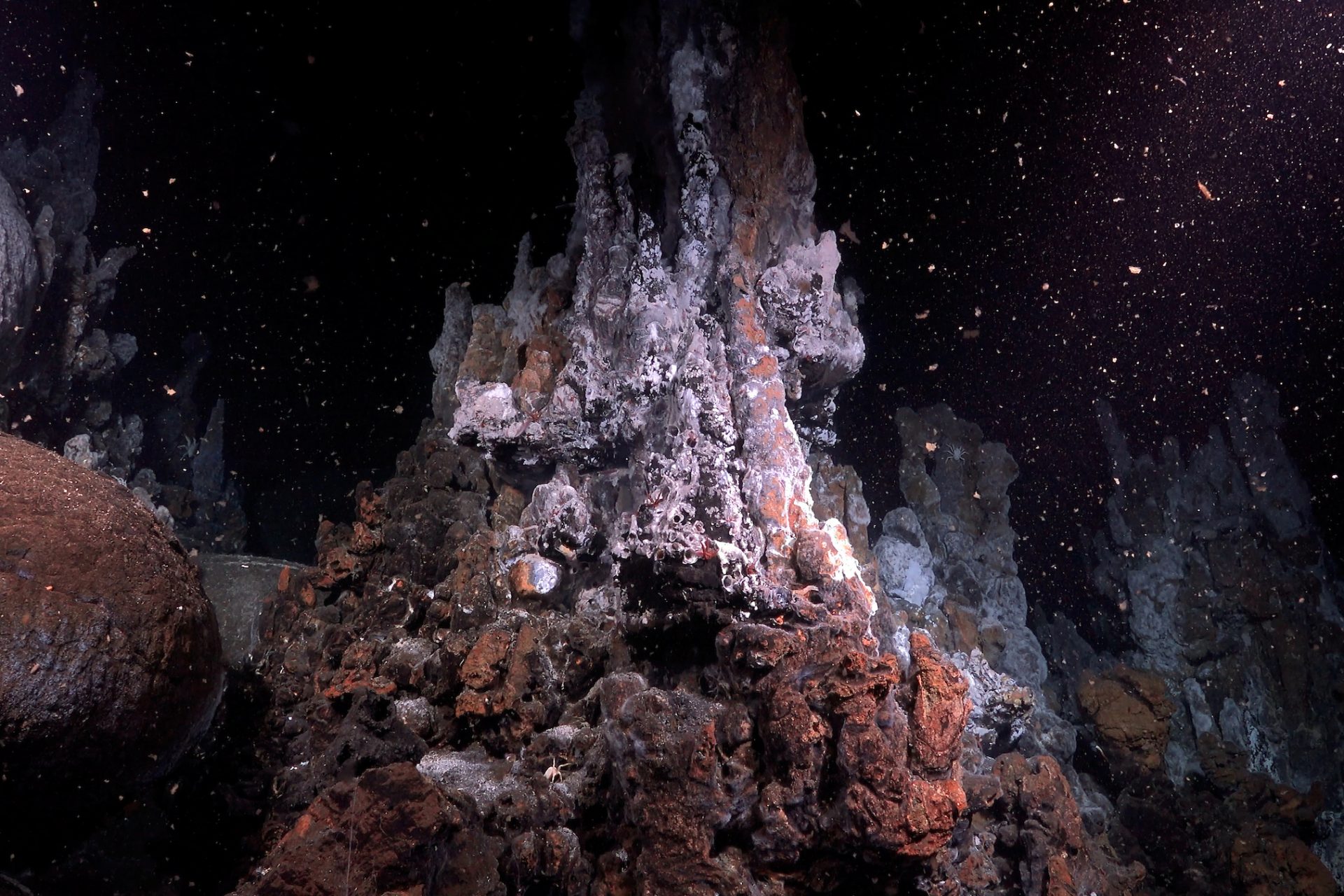Crabs just helped scientists make a fantastic discovery in the Galapagos
Scientists have discovered a new hydrothermal vent field in the seabed of the Pacific Ocean near the western Galapagos Islands.
The team worked on a joint research mission for American and Ecuadorian institutions, including the Schmidt Ocean Institute, the Charles Darwin Foundation, and the Galapagos National Park.
According to the US National Oceanic and Atmospheric Administration (NOAA), the researchers hoped to test a new strategy to find hydrothermal vents using a remotely operated vehicle (ROV).
Image: Nathalie Marquis / Unsplash
The mission was set for a zone of the Mid-Atlantic, but bad weather prevented them from launching. Still, the team decided to test the system in the Pacific.
When the investigators launched the ROV, they spotted a Galatheid crab, typical of these ecosystems. The team followed the amount of crabs to the vent "like breadcrumbs," they said in a press release.
Image: Schmidt Ocean Institute / CC BY-NC-SA / https://schmidtocean.org/
After following the track of crabs, they found a field of black smoke vents filled with deep-sea life. Previews missions in the area had yet to see any hydrothermal vents.
Image: Schmidt Ocean Institute / CC BY-NC-SA / https://schmidtocean.org/
They also spotted unique creatures in the area, like the rare squid Grimalditeuthis Bonplandi (in the picture). It has a ghostly appearance and no suckers on its tentacles.
Image: Schmidt Ocean Institute / CC BY-NC-SA / https://schmidtocean.org/
When they reached the vent field, more extensive than an Olympic pool, they saw giant tube worms living (pictured) around the warm water expelled by the vents.
Image: Schmidt Ocean Institute / CC BY-NC-SA / https://schmidtocean.org/
According to NOAA, hydrothermal vents form when seawater falls through cracks in the ocean crust in areas where two tectonic plates are shifting.
The seawater is heated by hot magma and resurfaces filled with chemicals to form the vents. It is an underwater version of the geysers in Yellowstone.
When scientists first discovered hydrothermal vents in 1977, also near the Galapagos, they were surprised to see a very diverse ecosystem in those waters that reach temperatures of up to 700°F.
Image: Schmidt Ocean Institute / CC BY-NC-SA / https://schmidtocean.org/
Hydrothermal vents not only hold complex ecosystems but also forms of life that are unique to them. Scientists have found species they had never seen in other parts of the planet.
Image: Schmidt Ocean Institute / CC BY-NC-SA / https://schmidtocean.org/
NOAA experts explain that there is a lot to learn about hydrothermal vents despite their importance. Most hydrothermal vents occur in the deep sea, where access is limited.
Still, they are essential to study since they affect the Ocean's chemistry and currents. They can provide knowledge about volcanic activity.
NOAA experts also point out that hydrothermal vents hold unique ecosystems and can be an excellent laboratory for studying the effects of ocean acidification on marine life.
Image: Schmidt Ocean Institute / CC BY-NC-SA / https://schmidtocean.org/
Finally, scientists have also hypothesized that hydrothermal vents were the stage for the beginning of life on Earth 3.8 billion years ago.
More for you
Top Stories



